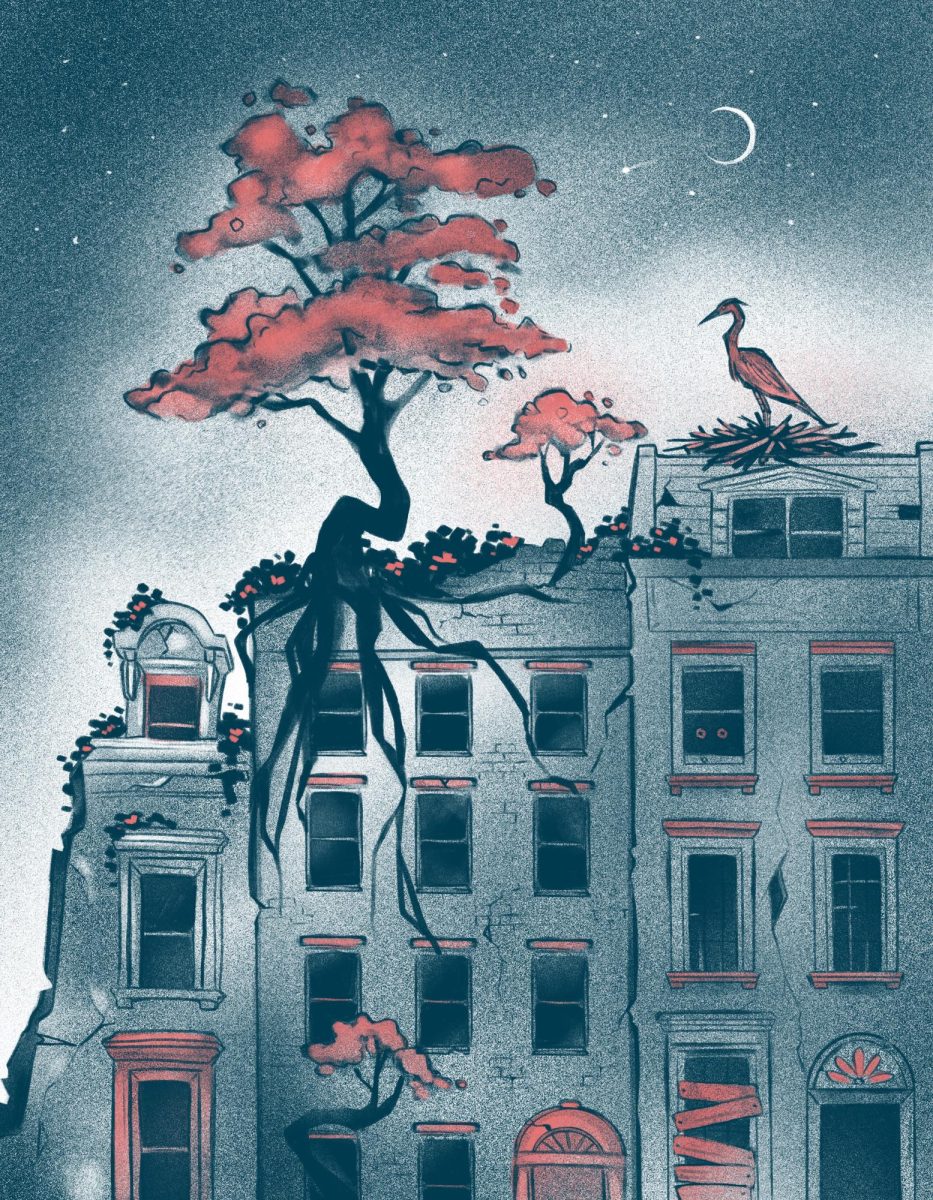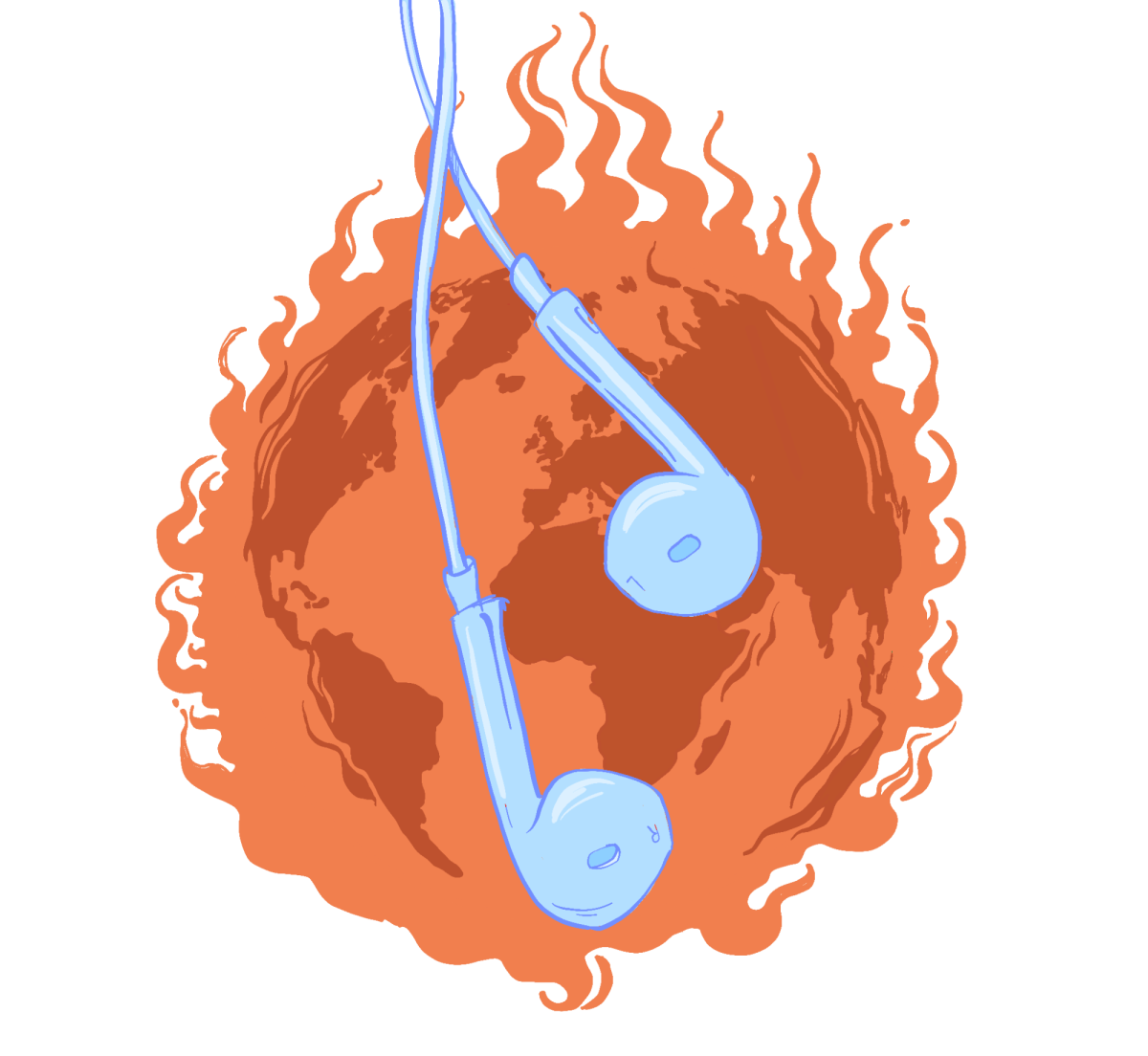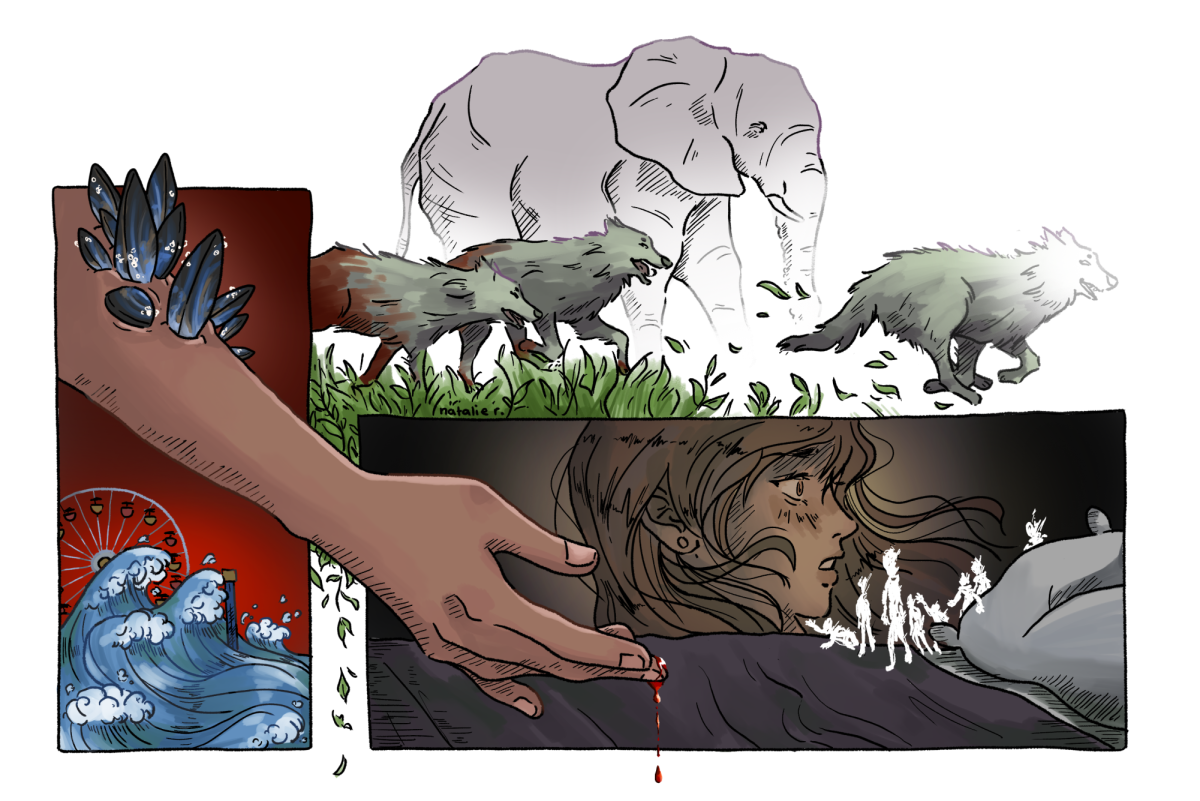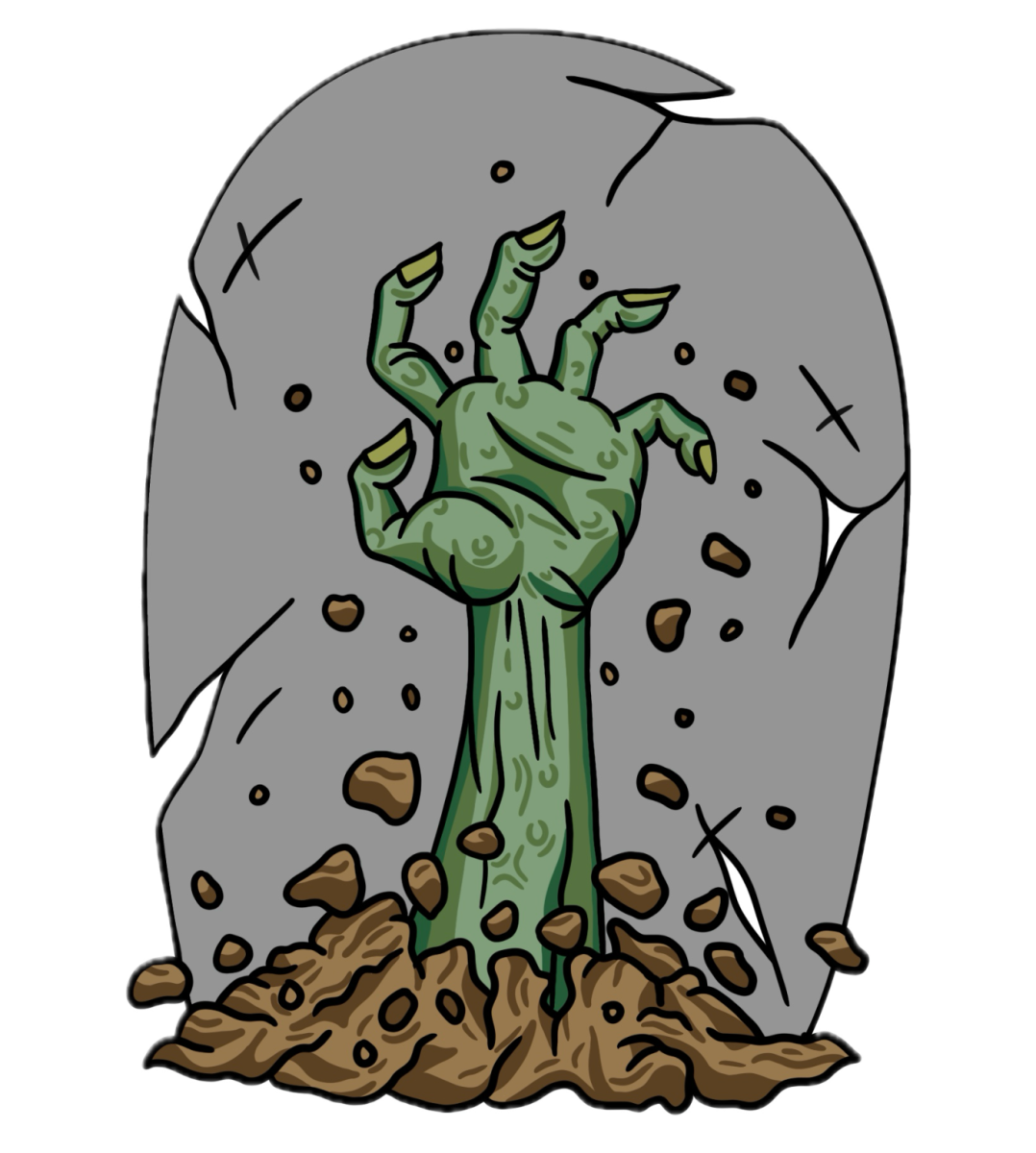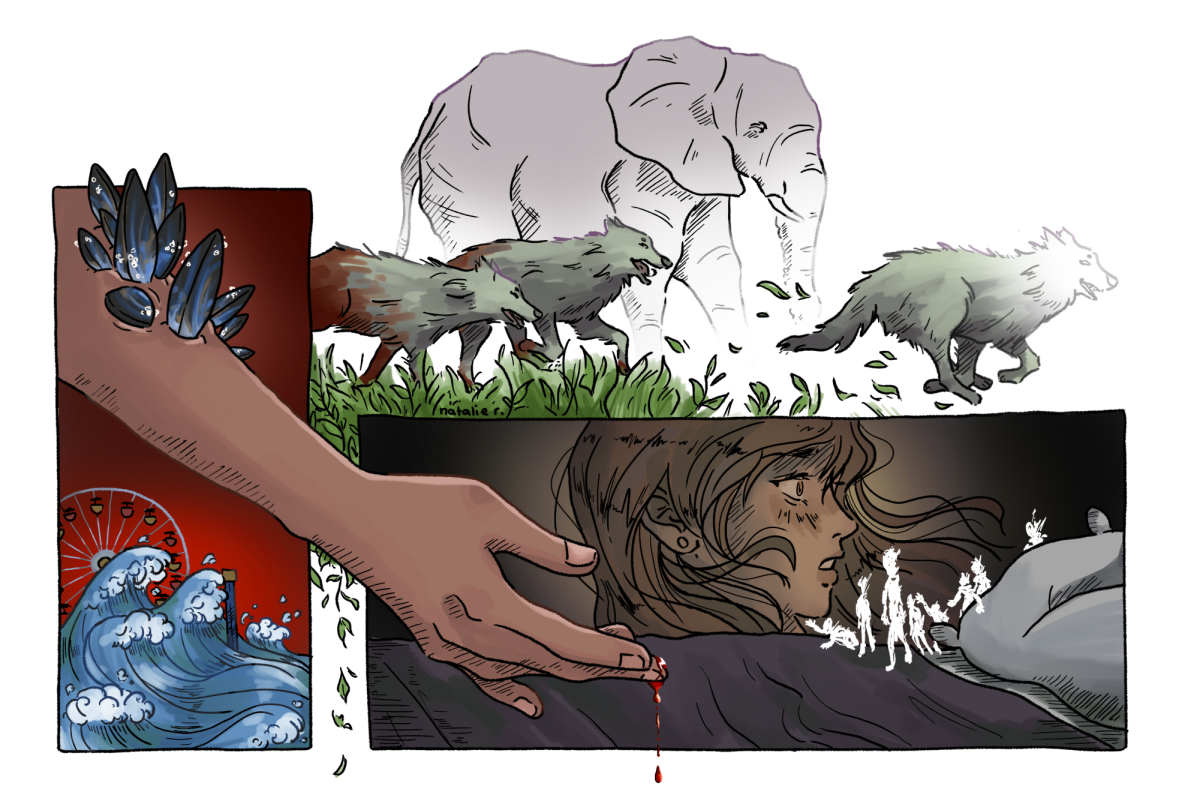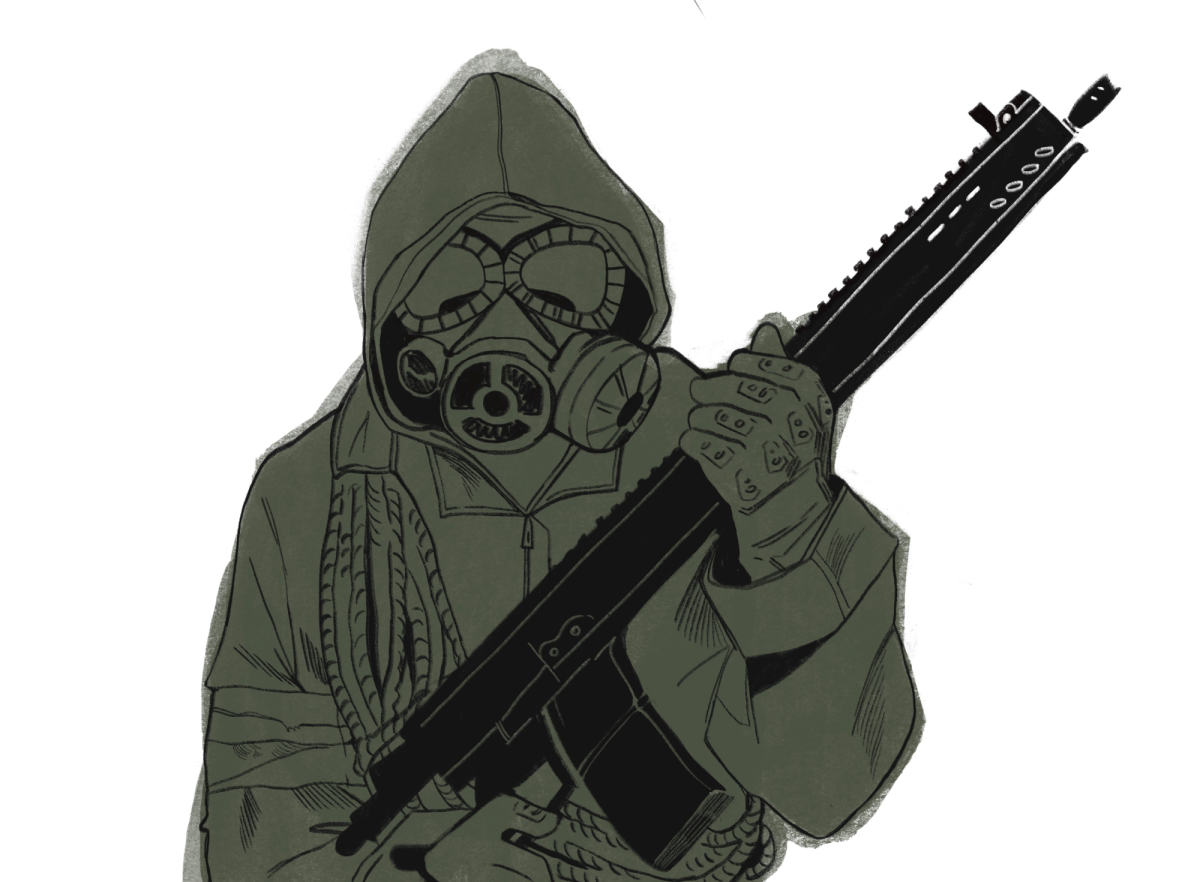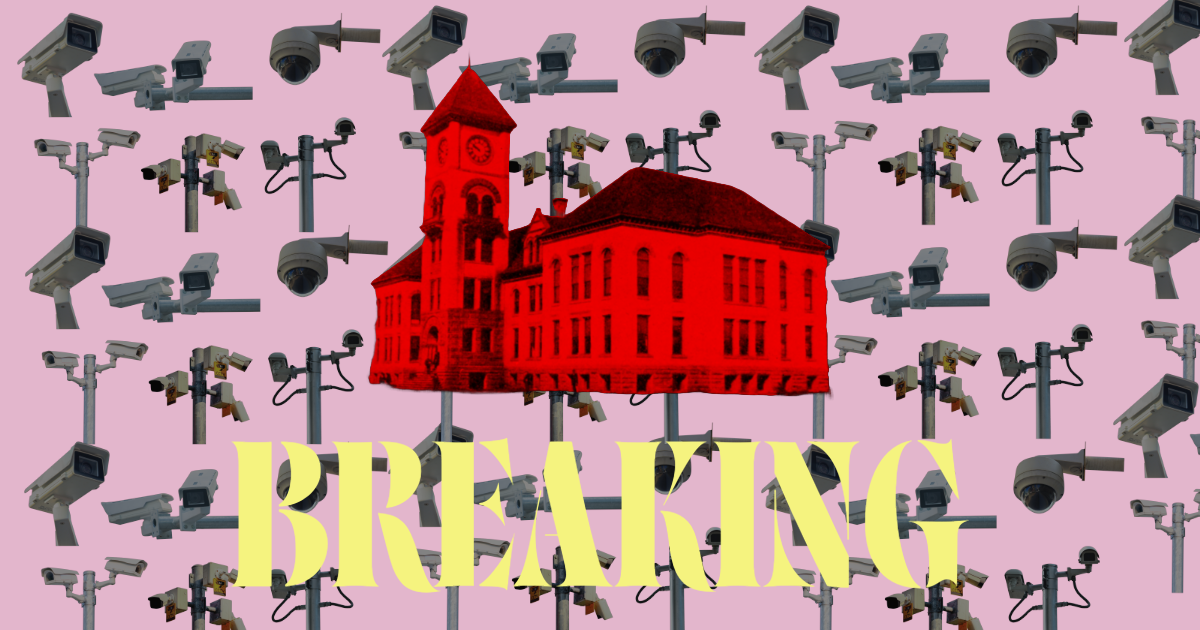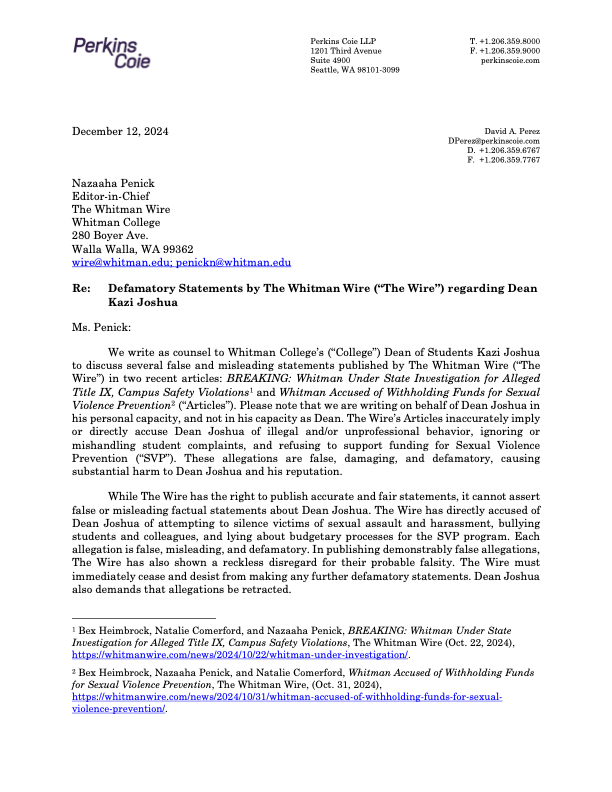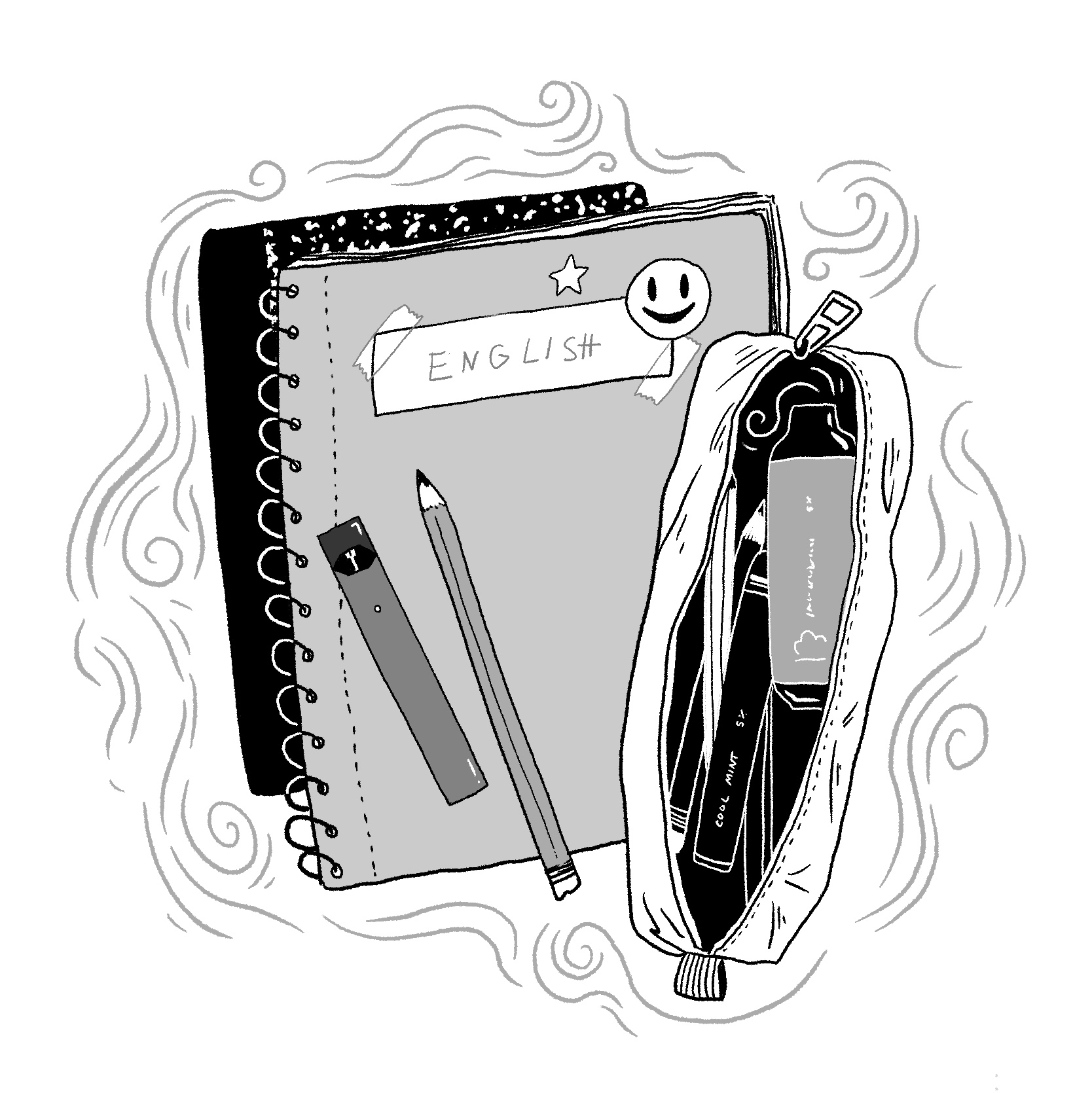
On Sept. 25, the Blue Zones Project of the Walla Walla Valley presented at the Walla Walla City Council members’ work session to request that the City Council consider enacting a resolution that would encourage tobacco retailers to adhere to the best practices regarding eliminating the marketing and advertising of tobacco, nicotine or vaping products to youth.
The resolution presented by Blue Zones requests that all Walla Walla retail locations selling tobacco or nicotine products adhere to suggested guidelines to avoid mistakenly marketing products to youth. The guidelines include: limiting the physical placement of products or advertisements in close proximity to youth; displaying and storing tobacco and nicotine products featuring sweet, fruity and candy flavors out of sight of youth; and not placing tobacco or nicotine products within 12 inches of toys, candy, ice cream or other products that attract youth interest.
Established in November 2020, the Blue Zones Project is a local wellbeing initiative in Walla Walla and College Place that works with schools, restaurants, grocery stores and local government to create policies that encourage and foster a healthy local environment and community.
According to the findings from a 2022 Standardized Tobacco Assessment for Retail Settings (STARS) performed in Walla Walla County, 26 percent of local high school seniors use vapor products (e-cigarettes), an increase from 16 percent in 2016. The state average is 15 percent of high school seniors.
These guidelines of the resolution were formulated based on the 2022 STARS findings and observations. The assessment identified 26 Walla Walla tobacco retailers that are located within one mile of local schools.
Emily Brown, Blue Zones Project Policy Advocate, recalls the reactions of staff at many identified retail locations.
“Most of them seemed willing to engage, some seemed a little suspicious about why we were asking about the pricing, but again, we are optimistic,” Brown said.
According to Brown, youth as young as middle school age can get tobacco or vaping products from older peers, online suppliers or by taking them from parents or other adults.
“Even if they are not purchasing it … when there’s messaging that’s promoting nicotine products that’s really colorful or features flavored products that are like candy or fruit flavors – those are all things that are really compelling to kids – they associate it with fun, they associate it with something that tastes good,” Brown said.
Brown commented on the salience of product placement, which affects youths’ familiarity with products and brands, influencing the likelihood that they will partake in substance use.
“We have also seen where retailers will have signage that promotes a tobacco or nicotine product that’s close to the floor,” Brown said. “So, it will be at eye level for kids and that just perpetuates the norm that people are using these products. It makes them seem more acceptable to use and it also develops brand familiarity at a young age which can increase the likelihood that they will use these products.”
Blue Zones seeks to develop a sticker that will be granted to retailers to acknowledge their support of the best practices regarding eliminating the marketing and advertising of tobacco, nicotine and vaping products to youth. Retailers can place stickers on storefronts to indicate their commitment to ensuring the health and wellbeing of local youth.
Brown says the resolution focuses on educating the retailers as opposed to using them as a source to attach blame. With help from local government and school districts, Blue Zones hopes to help retailers understand the importance of this issue.
“It’s coming from a place of positive intent and kind of just saying, ‘Hey, we wanted to involve you in this work we are doing as a community to reduce youth substance use,’ – so it’s not like an ‘us’ versus ‘them,’ but it’s really bringing them into the work and giving them ownership over our community’s well being by helping them understand their role in that,” Brown said.
During the City Council work session last week, councilmember Gustavo Reyna asked Blue Zones how parents and peers can partake in improving the health and wellbeing of youth.
“To what extent do you think peer leadership might help you convey some of those messages? How do we educate parents who may not know that their kids are being marketed to by this perspective?” Reyna said.
Brown says that, ultimately, Blue Zones tobacco policy initiatives seek to change the overall discourse and culture around tobacco and nicotine use in order to perpetuate healthier habits among local youth.
“[It is about] changing our cultural norms about what people are doing. So if youth … see that a lot of people are smoking for vaping — it normalizes that activity,” Brown said. “But if they don’t see that people are using those products, then that normalizes healthier behaviors.”
The Blue Zones resolution was unanimously passed by all five council members and will be voted upon at the next City Council meeting later this month.

